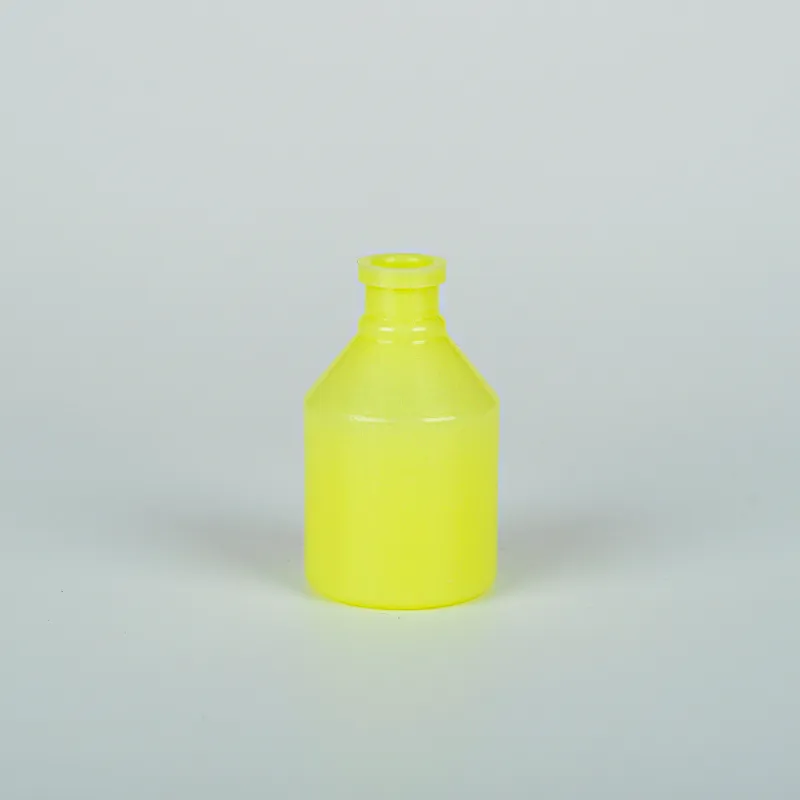Exploring the Process and Benefits of Injection Moulding for Plastic Bottles
Understanding Injection Moulding for Bottles
Injection moulding is a highly efficient manufacturing process widely used in producing various plastic products, including bottles. This technique is favored for its ability to create complex shapes at high volume and low cost, making it a crucial process in the packaging industry.
The Injection Moulding Process
The injection moulding process begins with the selection of raw materials, typically thermoplastics, which are ideal for creating bottles. The chosen plastic is fed into a heated barrel where it melts. Once the material is melted to the right viscosity, a screw or plunger injects the molten plastic into a pre-designed mould. This mould is cooled significantly, allowing the plastic to solidify and take the shape of the bottle. After cooling, the mould opens, and the finished bottles are ejected.
The entire process can be highly automated, allowing manufacturers to produce thousands of identical bottles in a single day. One of the critical advantages of this method is the speed of production, which drastically reduces the time from conception to final product.
Advantages of Injection Moulding for Bottles
1. High Precision One significant advantage of injection moulding is the ability to create highly precise and consistent products. This is essential for bottles that need to fit specific caps or connectors.
2. Material Efficiency Injection moulding generates minimal waste compared to other manufacturing methods. The process utilizes the raw material effectively, as any excess can often be regrinded and reused.
3. Flexibility in Design The technology allows for complex designs to be manufactured easily. Whether it’s a simple water bottle or a sophisticated container with intricate features, injection moulding can meet diverse design needs.
injection moulding bottles

5. Variety of Materials Manufacturers can choose from various plastic materials, each offering different properties. For instance, polyethylene is often used for its flexibility and impact resistance, while PET (polyethylene terephthalate) is favored for its clarity and barrier properties.
Environmental Considerations
While injection moulding offers significant manufacturing advantages, it also raises concerns about environmental sustainability. The use of plastic has come under scrutiny due to its impact on the environment. However, advancements in recycling technologies and the development of biodegradable plastics are helping to mitigate some of these issues.
Many manufacturers are now adopting sustainable practices, such as using recycled materials in their injection moulding processes. Additionally, innovations in design can lead to lighter bottles that use less material, further reducing their environmental footprint.
The Future of Injection Moulding in Bottle Production
As technology advances, the future of injection moulding for bottles looks promising. The rise of Industry 4.0, characterized by the integration of smart technologies and automation in manufacturing, is expected to streamline the injection moulding process further. This includes enhanced monitoring systems that can predict maintenance needs and optimize production schedules.
Moreover, with growing consumer awareness and demand for sustainable packaging solutions, the industry is moving towards more eco-friendly materials and processes. This is likely to drive innovation in the injection moulding sector as manufacturers strive to balance efficiency with sustainability.
Conclusion
Injection moulding plays a vital role in the production of bottles, offering high precision, efficiency, and design versatility. While environmental concerns persist, the industry is evolving, focusing on sustainable practices to minimize its ecological impact. As technology continues to advance, injection moulding will undoubtedly remain a key player in bottle manufacturing, adapting to meet the changing needs of consumers and the environment.
-
Aesthetic Makeup Spray Bottles | Fine Mist Empty RefillableNewsAug.19,2025
-
White Plastic Veterinary Vaccine Vials | Lab Liquid BottlesNewsAug.18,2025
-
Plastic Medicine Liquid Bottle: Secure Flip Top Drug VialsNewsAug.17,2025
-
Durable 250ml Blue Plastic Vaccine Vial for Lab & Vet UseNewsAug.16,2025
-
Sterile Virus Sample Tubes: Secure & Reliable Specimen CollectionNewsAug.15,2025
-
White 250ml Plastic Vaccine Vial for Lab & Vet MedicineNewsAug.14,2025
























